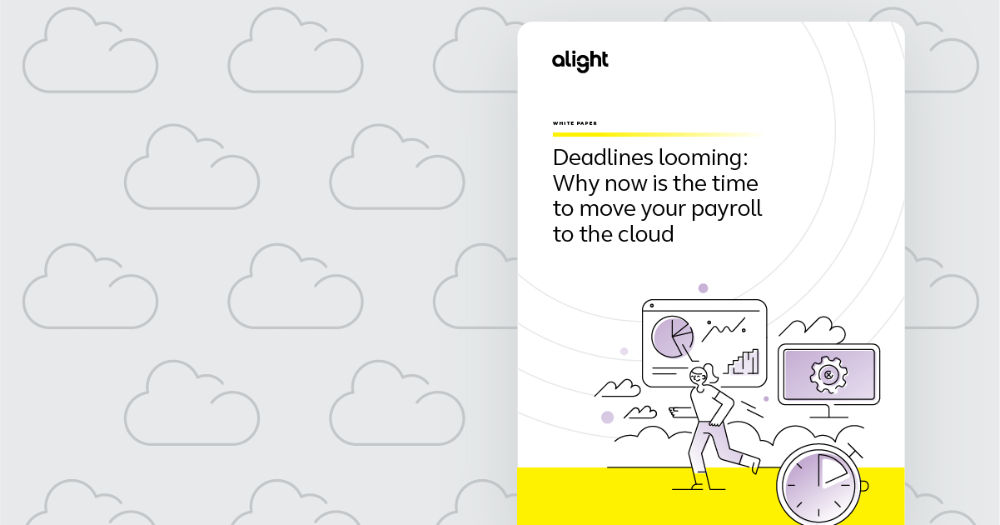SaaS business case considerations
What type of business cases should be considered when implementing SaaS? Get full insight into what additional factors should be taken into account.
Preparing for the journey is a critical step
Typical SaaS business case considerations
Technology
When would I need to pay for an upgrade on my current system?
How many other systems can be displaced?
When do SaaS subscription fees begin?
Is hosting and disaster recovery included?
Support
Should I build or buy...
An HR portal for content and integration?
Capability for customer services for navigational and event enquiries?
Case management for enquiry tracking and improvement prioritisation?
Operations
How many customisations are being removed by best practices?
What is the transformation timeframe?
How much global harmonisation will be achieved?
How will skills be retained?
Outsource or insource shared services? (Operational and transactional.)
Sustainability
How many updates occur per year?
How has update management been contemplated?
What has been included for change management?
What is the ongoing training plan?
Considerations are evaluated in the business case...
Implementation and operational risk items
Integrations
Infrastructure
Technology
Insulate from turnover risk
Delivery
Proven expertise
Resources
Ongoing configuration and update management
Ongoing investments
Operating scale
Capital
Technology
Future R&D
Operating costs
Proven expertise
Budget certainty
Access to broader tools and services
... and for potential cost savings
| Value item | Typical result | Representative savings |
| Redundancy of HR staff | Elimination of the HR transactional role | 10–50% annually |
| Redundancy of IT staff (functional resources) |
| 10–50% annually |
| Committed service levels | Alight Solutions commits to service levels (e.g., payroll accuracy). Alight Solutions commits to 99.5% SLA; most clients are under 98% |
|
| Speed to the future | Alight Solutions provides resources and experience that rapidly drive change | Implementation experience and committed implementation fees drive meeting timelines |
... as well as being drivers of increased productivity
| Value item | Typical result | Value |
| Achievement of industry-leading benchmarks (e.g., FTE: HR FTE) | Alight Solutions provides a leveraged talent pool designed to drive productivity | Cost savings; focus on top-line objectives |
| Better decision-making (management focus) | Alight Solutions runs the day-to-day management and handles issues; management focus | Better strategy focus; management can therefore address talent and other strategic imperatives |
| Skills and talent | Alight Solutions has professionals around the globe focused on delivering HR Services c | Higher quality, lower defect rates and consistent skills improvement |
| Enabling organisational change and flexibility | Alight Solutions provides best practices, and owns daily operations | Eliminate one-time costs associated with change; leverage the scale of Alight Solutions capabilities |


